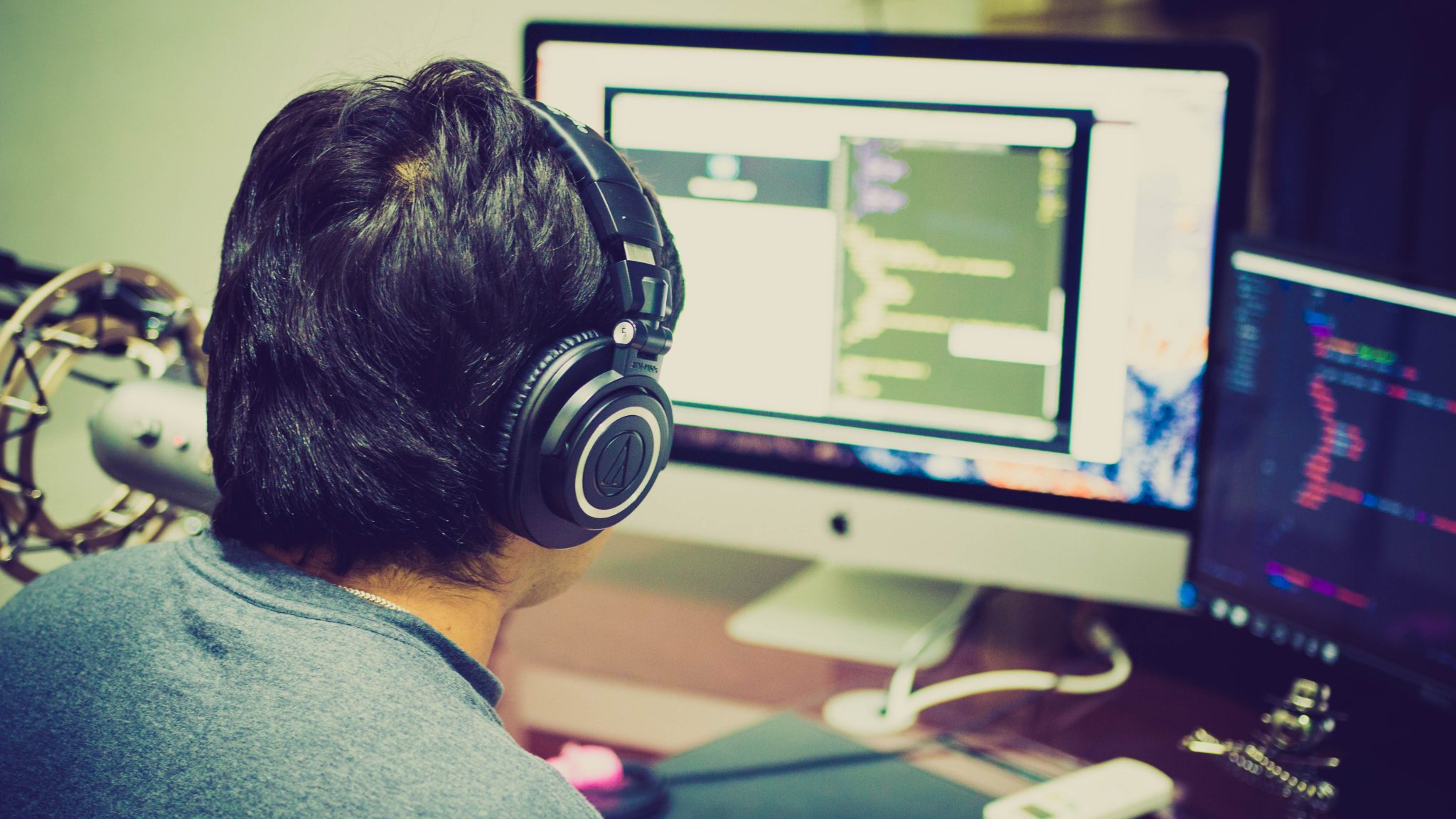The Inner Ear
There are multiple definitions of what the inner ear can be, but for this article, I will use it based on my own experience.
In music production, the Inner Ear is the metaphorical space where intuition, emotion, and personal taste converge — it’s the internal compass that guides an artist to create without relying on external references or trends. It’s not about hearing with your ears, but listening with your instinct.
Where the outer ear takes in the world — what others are doing, what’s charting, what plugins are trending — the inner ear listens inward. It pays attention to the subtle spark of an idea, the unexpected resonance of a sound, or a feeling that demands to be expressed.
Cultivating the inner ear means trusting your musical decisions before others validate them. It’s about making art from within — raw, unfiltered, and often surprising, even to yourself.
The inner ear appears when one has worked with references for so long that they can now navigate on their own.
When I teach newcomers to music production, there are two main points I recommend starting with:
- Working with loops and samples. This allows the artist to understand sound curation and break the overwhelming feeling of wondering how to pick the right sounds.
- Working with references. That technique makes it easier to make arrangements and sound more organized while learning how songs are made.
These two approaches will remain useful at various points in a musician’s development, as they will address and resolve specific issues. Quite often, musicians need and want validation or sound like a particular artist, to be part of a label or community. Working with reference is the most effective solution to these challenges. One can argue that a mentor can also do the job, which is true, but that mentor is still an external validation instead of amplifying the inner one.
Some musicians build most of their careers on making music that fits in with others’ projects. What’s interesting is that for many musicians, this is, without a doubt, one of the best ways to survive, as you can follow trends, see what works, and get a piece of the action.
Questioning one’s ambitions is none of their business. Making music, especially if you’re venturing into the professional realm, is a harsh world where it gets easy to become cynical. But at one point, as someone who works in music, I encourage people to drop out of their survival mode or their routine and find their inner voice.
The Inner Voice
I’m bringing a second concept to this post by reflecting on the voice. In any music genre, the voice is not just about singing, but also about how they express their ideas through their music.
To clarify:
-
Inner Voice is what you say creatively — it’s your artistic expression, your identity, the message or emotional truth that comes out when you make music authentically. It’s what you want to express.
-
Inner Ear is how you listen to yourself — it’s your intuition, your ability to detect when something resonates or feels honest before external validation. It’s how you decide what’s worth expressing.
Think of the inner voice as the output and the inner ear as the input.
They’re two parts of the same internal dialogue: one speaks, the other listens.
For a producer:
-
The inner ear helps you recognize when a sound or groove “feels right” without needing a reference track.
-
The inner voice is what shapes that feeling into a musical idea that’s uniquely yours.
As you understand, the concept of these two goes hand in hand. When one artist starts and works with references, loops, and samples, they are mostly working with external factors, but still practicing being in touch with their inner voice. If I give the same sample pack to multiple people in a room, it will sound completely different in the end, because the participants will all have different inner world that alters the results. After doing that exercise with people, I saw how everyone has their vision of what sounds ok or not, which comes from their preferences in music, but where they have issues is mainly to be able to understand if their music can compare to others: sounding similar or relevant.
The Authenticity Paradox
Now and then, I come across artists who are deeply absorbed in their music-making art form, utterly detached from what is being created. Some of those people are so self-absorbed that they are technically off. This raises some potential issues, but also raises questions.
A good example is a heated email exchange I had with someone I gave feedback on their music. The person basically wanted to be told how good his music was but it had a lot of issues, technically. I provided a list of the issues, with details and how to fix it but that didn’t go down well as the guy took it the wrong way and felt insulted by my details.

If one is supposed to follow their inner voice and ear, does this mean they ignore technical conventions?
The answer is not straightforward. One doesn’t need to follow any conventions or rules, but this might result in issues when played in specific contexts. It might also not fit the music the artist likes. Now and then, I have a client who wants to do their own thing and ignores my recommendations. However, once their music is played in a car or club, compared to other songs, it falls short in terms of power and precision. That is the price to not follow a technical basis but this only happens when people compare themselves to something else. Some people don’t and will remain in their bubble, which is not an issue.
Voice vs. Echo: Creating Without a Reference
Creating without a reference is something many people do, and, as explained, can lead to issues. But when it comes to creativity, it can also be a good thing. The majority of artists I work with are people in the electronic music business. Many are DJS, but not all. For those clients, not working with a reference might be tricky; either you know perfectly how things should sound or have a clear idea in mind of how to set your sessions. What’s interesting for me with clients that I’ve worked for a long time is how they progress through a cycle of different phases. When it comes to the moment where they want to explore on their own, I feel we then enter a fragile but magical step into the unknown.
Working without a reference comes with no playbook. One has to find their way, and when I talk to those who work this way, it’s common to see they all operate through it in different ways. Some prefer starting with the rhythmic part of their song and then creating a melody. Others do the opposite. Depending on the genre, things may tend to go in a specific direction more than others. If you want to venture into that workflow for the first time, here are some points to consider:
- Working in a non-linear is still relevant but if you can try to work fast, gather your ideas and wrap a first concept within a first session, that will feel more coherent.
- Prepare your sessions in advance: gather sounds, presets, synths, and patches, and make sure you have everything ready so you don’t have to create and find all your sounds at once.
- Keep in mind that when you’re in brainstorming mode, things may not sound right at first, but that doesn’t mean your ideas are bad.
I like to keep in mind this workflow:
- Ideas: Find melodies and sounds that you like and gather all rhythmic elements. You want to find everything your song is about.
- Sound: Fine-tune your sounds, swap samples and presets, and add layers.
- Effects: Colour your sounds with effects, distortion, EQing.
- Movement: Apply modulation here and there to add life.
When you have this in mind, you know that in phase 1, you might have some questionable ideas, but trusting the process will allow you to be patient and accept that your final idea might be something different. The issue people generally have is trying to complete those 4 steps within a session, which results in the four phases being done incorrectly, leading to discouragement. Quite often, music I love has straightforward ideas, but the work around them makes them sound much more elegant, complex and is just a smoke screen.
Regarding effects and movement, I encourage you to keep a notepad (either on your smartphone or in a paper version) to take notes on songs that inspire you. I sometimes hear a song and pay attention to the main melody, noticing a detail like a tremolo. I’ll note that down and apply it to some ongoing projects.
Let’s try some exercises.
Daily Sound Sketches (No Plan, No Pressure)
Set a timer for 15–20 minutes and create a sound or loop without any expectations of finishing or sharing it. The goal is to create something that pleases you, not to impress others. Skip templates and avoid genres. Trust your instincts and explore.
Why it works: It builds confidence in your gut choices and disconnects you from perfectionism or external judgment.
Record First, Analyze Later
Open a mic or MIDI controller, hit record, and improvise — melodies, textures, rhythms. Don’t stop to fix or judge. Afterward, listen back and highlight anything that feels “you.”
Why it works: This bypasses the inner critic, letting your subconscious ideas surface unfiltered.
Use Randomization as a Mirror
Load a random sample or synth patch. Randomize settings. Now sculpt it into something that feels like you. Let chaos be the starting point, and your taste be the sculptor.
Why it works: You’re not starting from taste — you’re arriving there. It sharpens your awareness of what feels aligned with your voice.
No References Rule (For a While)
Challenge yourself: go one month without listening to new releases, genre playlists, or YouTube producer walkthroughs. Instead, dig into silence, field recordings, or non-musical sources for ideas (poetry, dreams, textures).
Why it works: It detoxes your creative input and gives space for your impulses to grow louder.
Assign Emotion > Then Create
Before starting a session, write down a feeling, memory, or concept you want to express. Create sound to express that, rather than chasing a style. Use reverb, distortion, rhythm, or harmony as emotional tools.
Why it works: It reverses the usual flow — instead of emulating a genre, you’re using your emotional language as the foundation.
Tuning In: The Art of Making Music from Within
This is something I covered in a previous blog post, but I’ll share it again because it’s relevant to this one. There’s a weird thing that happens when you make music, where what you do doesn’t always match what you’d like to do. This dissonance can be frustrating for many people, as they feel they lack control over what they want to do. In a way, we shouldn’t have control over our output unless we are truly fluent in musical expression, both in theory and in performance. I like to remind people that whatever comes out of you at a moment when you’re trying to do something else is, in a way, your inner voice. As I explained previously, you can give the assignment to 5 people to work on one song using the same synth, and you’ll end up with different results, despite using the same tool. But if you ask them to do 5 songs, there will be a similar thread throughout the five experiments.
On the other hand, I see some clients who have the opposite problem, where each of their songs is entirely different and lacks coherence between them. I could say that the artist hasn’t yet discovered their inner voice, but that could be debatable. In a way, perhaps their inner voice is just diversified and has a lot to say or explore. Exploring all kinds of aesthetics is not an issue until you feel you want to be part of a community or a specific direction, then it becomes a bit complicated. The remedy for that is to focus on less variable playlist, spend time to understand what you want to emulate, expose yourself to multiple songs and then go back to the drawing board.
Whenever I make music, there’s a moment when I listen to music before creating, which always prepares my creative self to work within a particular aesthetic.
Should you want to explore being more in tune with yourself, here are a few exercises to try.
The One-Sound Challenge
Choose a single sound — a synth patch, a field recording, or even a drum hit — and spend 15 minutes exploring what emotional or musical message you can express using just that. Modify it, stretch it, loop it, layer it — but stay centered around the original sound.
Why it helps: It forces you to lean on your creativity and intuition instead of relying on variety or complexity.
Sonic Journaling
Start your session by writing for 5 minutes: “How do I feel right now?” Then make music as a translation of that mood. Don’t aim for something “good” — aim for something true to how you feel. Save the project and name it after the emotion or moment.
Why it helps: Builds the habit of associating inner states with sound — this is the root of an authentic inner voice.
Listen Without Labels
Pick a random track from a genre or country you have never listened to. Before reading the artist or title, play it and ask yourself:
-
What do I feel?
-
What stands out?
-
What would I change?
Don’t analyze — listen emotionally. Then do the same to your track-in-progress.
Why it helps: Refines your internal filter by separating style from feeling.
The Role Reversal
Ask: “If this track was made by someone else, would I still like it?”
Or: “If I played this to a friend, what part would I defend proudly?”
This shift helps identify what’s truly you, vs. what you added to fit in.
Why it helps: Clears out second-guessing and tunes you into what you believe in.
Unfinished Ideas Playlist
Make a folder of 10 unfinished projects that still spark something. Once a week, revisit them, but instead of finishing, ask yourself: what do these ideas say about me? Look for patterns — moods, grooves, textures — that keep reappearing.
Why it helps: Your inner voice is often hidden in the stuff you leave behind. Reframing these scraps as messages instead of failures can reveal your artistic fingerprint.
Have fun exploring.

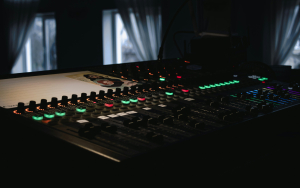

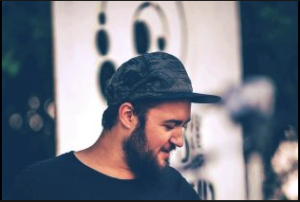









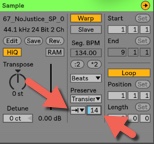
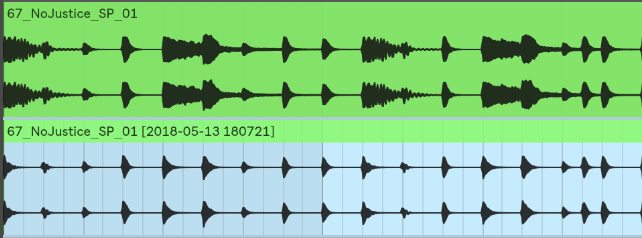
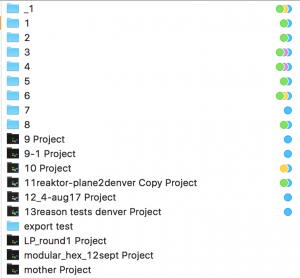 Filtering ideas into a concept
Filtering ideas into a concept basslines. If that’s not enough you can also use the midi effect velocity which can not only alter the velocity of each note, but in Ableton Live it also has a randomizer which can be used to create a humanizing factor. Another way to add dynamics is to use a tremolo effect on a sound and keep it either synchronized, or not. The tremolo effect also affects the volume, and is another way of creating custom made grooves. I also personally like to create very subtle arrangement changes on the volume envelope or gain which keeps the sound always moving.
basslines. If that’s not enough you can also use the midi effect velocity which can not only alter the velocity of each note, but in Ableton Live it also has a randomizer which can be used to create a humanizing factor. Another way to add dynamics is to use a tremolo effect on a sound and keep it either synchronized, or not. The tremolo effect also affects the volume, and is another way of creating custom made grooves. I also personally like to create very subtle arrangement changes on the volume envelope or gain which keeps the sound always moving. modulate anything, and they will automatically create movement. For each LFO, I often use another LFO to modulate its speed so that you can get a true feeling of non-redundancy.
modulate anything, and they will automatically create movement. For each LFO, I often use another LFO to modulate its speed so that you can get a true feeling of non-redundancy.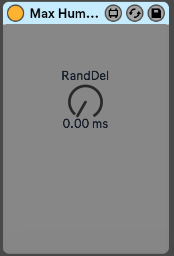 A sound’s position in a pattern can change slightly throughout a song to create feelings of movement; a point people often overlook. This effect is easier to create if you convert all of your audio clips to midi. In midi mode you can use humanizer plugins to constantly modify the timing of each note. You can also do that manually if you are a little bit more into detail editing but in the end a humanizer can do the same while also creating some unexpected ideas that could be good. Another trick is to use a stutter effect in parallel mode to throw a few curve balls into the timing of a sound every now and then.
A sound’s position in a pattern can change slightly throughout a song to create feelings of movement; a point people often overlook. This effect is easier to create if you convert all of your audio clips to midi. In midi mode you can use humanizer plugins to constantly modify the timing of each note. You can also do that manually if you are a little bit more into detail editing but in the end a humanizer can do the same while also creating some unexpected ideas that could be good. Another trick is to use a stutter effect in parallel mode to throw a few curve balls into the timing of a sound every now and then. Next we will import all songs into that project. There are two ways to do this and it’s up to you to decide what is the best for you. I personally like to open a track, grab all clips in the session, copy (cmd+c), then open your “My Live Set” project and paste. You can also copy through the browser and should you be more comfortable using that method, do it that way.
Next we will import all songs into that project. There are two ways to do this and it’s up to you to decide what is the best for you. I personally like to open a track, grab all clips in the session, copy (cmd+c), then open your “My Live Set” project and paste. You can also copy through the browser and should you be more comfortable using that method, do it that way.

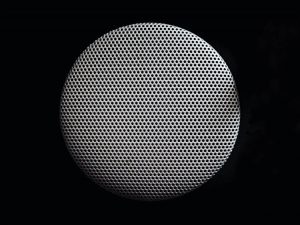
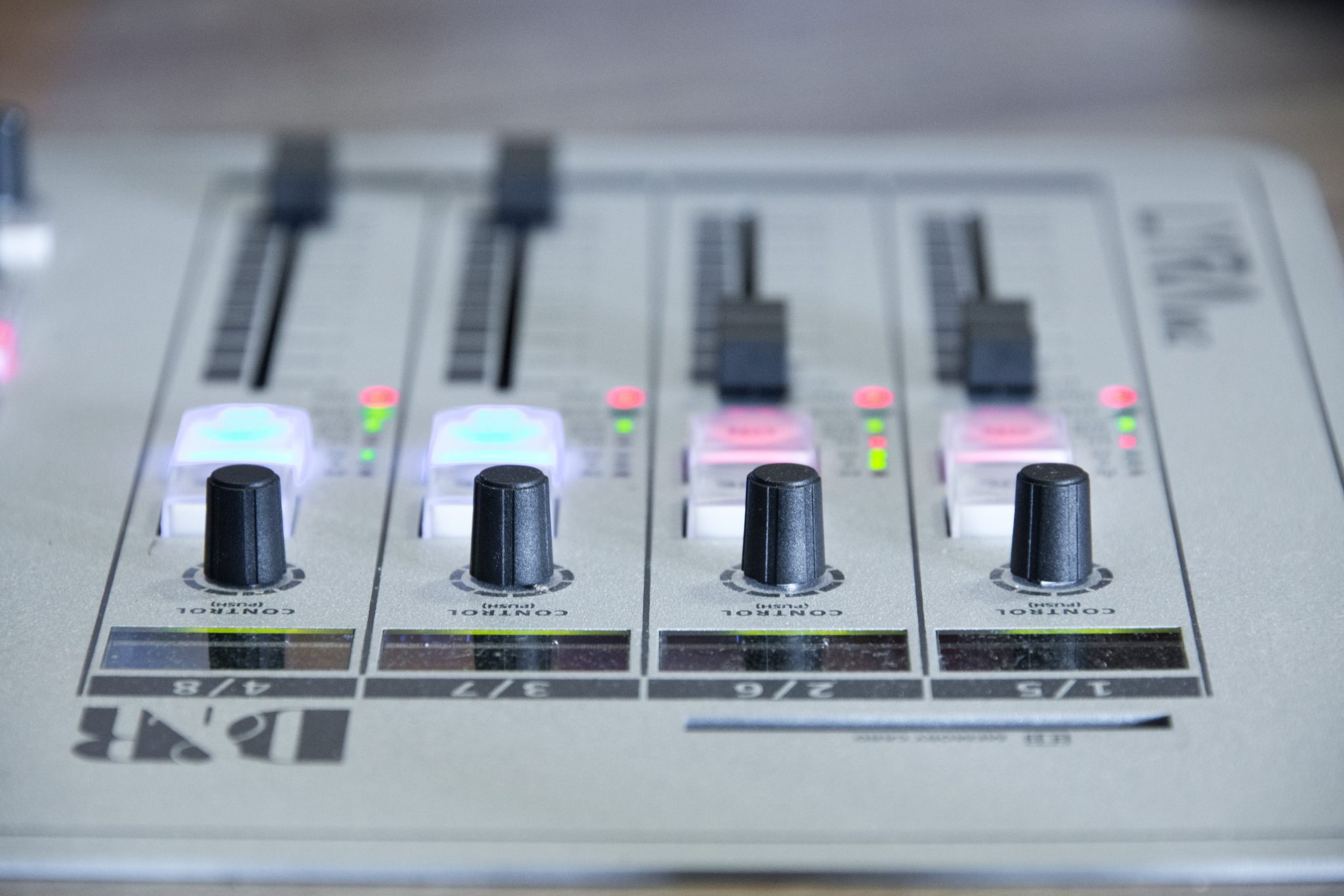 That last point is crucial here. You can take the same compressor concept (ex. FET compression), but it will sound different from one company to another. There are no real universal standards on how to approach compression or EQing. An EQ can show you a curve but the filter in the back might slightly be different to give a color, for instance.
That last point is crucial here. You can take the same compressor concept (ex. FET compression), but it will sound different from one company to another. There are no real universal standards on how to approach compression or EQing. An EQ can show you a curve but the filter in the back might slightly be different to give a color, for instance.


